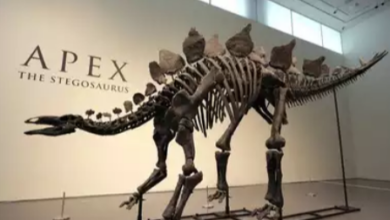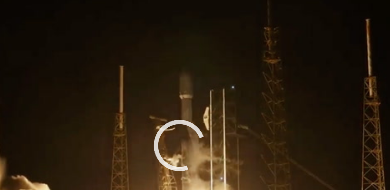Breakthrough Discovery Unleashes Laser Lab Unstoppable Electron Speeds at University of Kansas Lab!

The findings from experiments conducted at the Ultrafast Laser Lab at the University of Kansas hold the potential for significant advancements in controlling electrons in semiconductors—a critical element in most information and energy technologies.
Lead author Ryan Scott, a doctoral student in KU’s Department of Physics & Astronomy, explained that typically, electron movement in solids is impeded by collisions with other particles, akin to someone navigating through a ballroom full of dancers. These collisions occur frequently, about 10 to 100 billion times per second, slowing down electrons, causing energy loss, and generating unwanted heat. Scott likened this to cars on a freeway encountering no obstacles, referring to it as “ballistic transport.”
Laser Lab
Under the guidance of Professor Hui Zhao, Scott conducted experiments at the lab, joined by former KU doctoral student Pavel Valencia-Acuna. The team explored the potential of ballistic transport in graphene—a material with promising applications in next-generation electronic devices. Zhao highlighted the potential benefits of devices utilizing ballistic transport, envisioning faster, more powerful, and energy-efficient electronic devices compared to current silicon-based transistors.
Graphene, discovered in 2004 and awarded the Nobel Prize in Physics in 2010, consists of a single layer of carbon atoms forming a hexagonal lattice structure. Electrons in graphene exhibit a unique characteristic—moving as if their “effective” mass is zero, making them more likely to avoid collisions and move ballistically.
While previous electrical experiments hinted at ballistic transport, they were not fast enough to trace the electrons’ movement. To overcome this, the researchers designed a four-layer artificial structure incorporating graphene and other materials. This structure allowed the scientists to observe and study electron movement for about 50-trillionths of a second, providing valuable insights into their ballistic motion.
The researchers employed a tightly focused laser spot to liberate electrons in the sample, tracing their movement by measuring the sample’s reflectance. By liberating 20,000 electrons at once and repeating the process 80 million times for each data point, the researchers discovered that electrons, on average, move ballistically for about 20 trillionths of a second at a speed of 22 kilometers per second before encountering an obstacle that terminates their ballistic motion.




